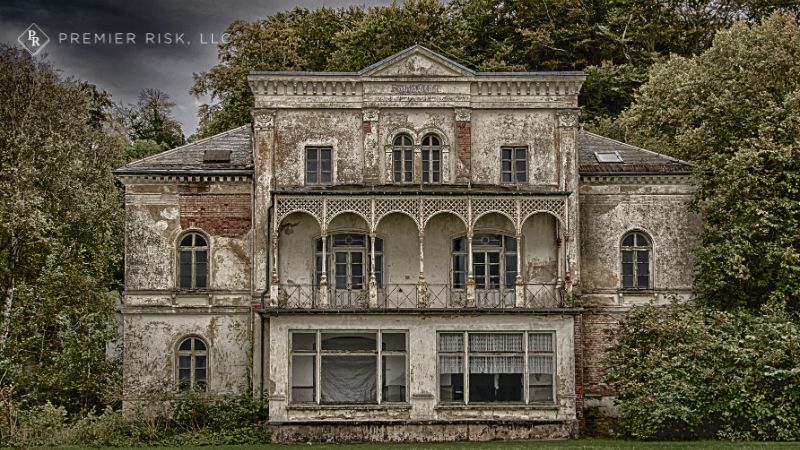Owning an older home exudes charm and character with its architectural quirks and unique history. However, it also comes with a set of challenges, especially when it comes to securing homeowners insurance. In this blog, we’ll unravel the intricacies of home insurance for older homes, exploring the best coverage options and why insuring older homes might be a bit pricier.
Home Insurance for Older Homes
While shopping for homeowners insurance, one cannot adopt a one-size-fits-all approach, particularly when it comes to older homes. The dynamics of insuring a vintage residence are different, requiring a nuanced understanding of the structure’s vulnerabilities and historical value. Insurers recognize the distinctive nature of older homes, and homeowners should, too.
What’s the Best Homeowners Insurance for Older Homes?
Choosing the right insurance for your older home involves careful consideration. Specialty insurance providers that understand the unique needs of historic properties might be your best bet. These insurers often offer policies tailored to cover the specific risks associated with older homes, such as outdated construction materials and preservation costs.
Why Are Older Homes More Expensive to Insure?
The cost of insuring an older home can be a tad higher compared to their modern counterparts. Several factors contribute to this increased expense, making it imperative for homeowners to be aware of potential challenges. They are as follows –
- Outdated Electrical Wiring:
Older homes may have outdated electrical systems that pose a higher risk of fires. Insurance providers consider this when calculating premiums, as upgrading the wiring can be costly. - Outdated Plumbing:
Plumbing systems in older homes might be more prone to leaks and other issues. Insurers consider the potential for water damage, which can lead to higher insurance costs. Homeowners may need to invest in updating plumbing to mitigate these risks. - Old Roof:
The roof is a critical component of any home, and in older structures, it might be closer to the end of its lifespan. Insurance premiums may reflect the increased risk of damage or leaks, prompting homeowners to consider roof repairs or replacements. - Outdated Construction Techniques or Materials:
Vintage homes often feature construction techniques and materials that may no longer meet modern safety standards. Insurers factor in these antiquated building methods, adjusting premiums accordingly.
Increased Protection with Premier Risk, LLC for Home Insurance for Older Homes
Homeowners of older homes should approach insurance with a discerning eye. Investing in a comprehensive policy that understands and addresses the specific risks associated with vintage properties is critical to preserving both the charm and financial security of these timeless abodes. Navigating the intricacies of homeowners insurance for older homes requires expertise and a keen understanding of these properties’ unique challenges. At Premier Risk, LLC, we specialize in providing tailored insurance solutions for historic and older homes. Our team of experts is committed to ensuring that your piece of history is adequately protected. Contact us today to get started. Call us at 516-599-8484 for further assistance.










